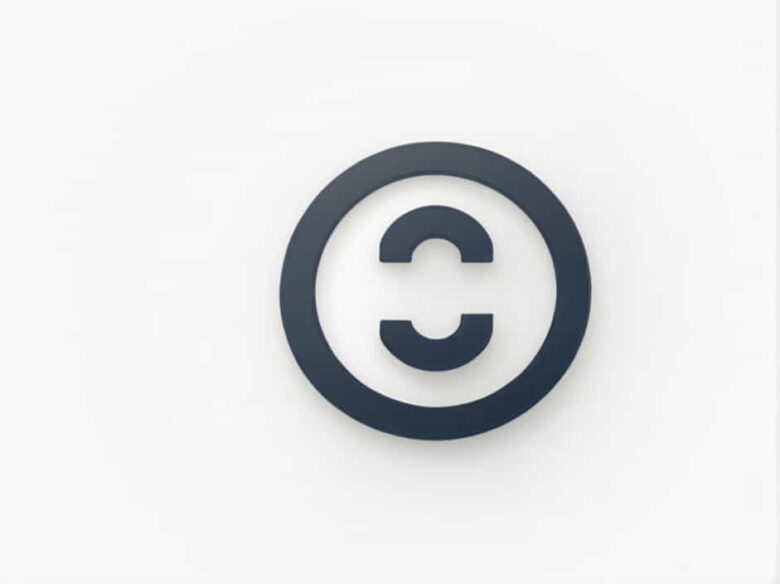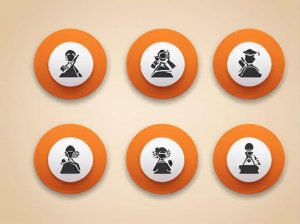Assertion and reason questions are a common format in competitive exams and academic assessments. These questions test a student’s ability to analyze logical relationships between two statements. Understanding how to approach them correctly can improve accuracy and boost exam performance.
This content provides a detailed guide on solving assertion and reason questions, including strategies, examples, and common pitfalls to avoid.
Understanding Assertion and Reason Questions
What Are Assertion and Reason Questions?
Assertion and reason questions present two statements:
- Assertion (A): A factual or conceptual statement.
- Reason (R): A supporting statement that explains why the assertion is true or false.
The task is to determine the relationship between these two statements.
Common Answer Options in Assertion and Reason Questions
Most assertion and reason questions follow a standard set of answer choices:
- Both Assertion (A) and Reason (R) are true, and (R) correctly explains (A).
- Both (A) and (R) are true, but (R) does not explain (A).
- (A) is true, but (R) is false.
- (A) is false, but (R) is true.
- Both (A) and (R) are false.
Understanding these answer choices is key to solving the questions correctly.
Step-by-Step Approach to Solving Assertion and Reason Questions
1. Read Both Statements Carefully
Before making a decision, carefully read the assertion and reason. Identify the key concepts in both statements.
2. Determine the Truthfulness of Each Statement
- Check if the assertion (A) is factually correct based on your knowledge.
- Verify if the reason (R) is also true or false independently.
3. Identify Cause-and-Effect Relationship
If both statements are true, ask yourself:
- Does (R) provide a valid reason for (A)?
- Is (R) a general fact, or does it directly explain (A)?
4. Consider Logical Consistency
If the assertion and reason both appear true, but (R) does not logically explain (A), choose the second answer option.
5. Eliminate Incorrect Choices
Use the process of elimination:
- If (A) is false but (R) is true, the correct answer is option 4.
- If (R) is false but (A) is true, select option 3.
- If both are false, the correct answer is option 5.
Examples of Assertion and Reason Questions
Example 1
Assertion (A): The Sun rises in the east.
Reason (R): The Earth rotates from west to east.
? Correct Answer: Option 1 (Both A and R are true, and R explains A).
Explanation: The Sun appears to rise in the east due to Earth’s rotation from west to east. The reason correctly supports the assertion.
Example 2
Assertion (A): All metals are good conductors of electricity.
Reason (R): Copper is used in electrical wiring.
? Correct Answer: Option 2 (Both A and R are true, but R does not explain A).
Explanation: While the assertion is generally correct, the reason does not explain why all metals are good conductors. It only gives an example.
Example 3
Assertion (A): Water boils at 100°C at sea level.
Reason (R): Atmospheric pressure affects the boiling point of liquids.
? Correct Answer: Option 1 (Both A and R are true, and R explains A).
Explanation: The boiling point of water is influenced by atmospheric pressure. At sea level, the standard boiling point is 100°C.
Example 4
Assertion (A): The Moon produces its own light.
Reason (R): The Moon reflects sunlight.
? Correct Answer: Option 3 (A is false, but R is true).
Explanation: The Moon does not generate light: it only reflects the Sun’s light.
Example 5
Assertion (A): Ice melts at a temperature below 0°C.
Reason (R): The melting point of ice is 0°C.
? Correct Answer: Option 4 (A is false, but R is true).
Explanation: Ice melts at exactly 0°C, not below it, making the assertion incorrect while the reason remains correct.
Common Mistakes to Avoid
-
Not Checking Individual Truthfulness
- Many students assume both statements must be true if they seem related. Always verify them separately.
-
Assuming Correlation Equals Causation
- Just because two facts are true does not mean one causes the other. Ensure that the reason directly explains the assertion.
-
Overlooking Keywords
- Words like ‘always,’ ‘only,’ ‘never’ can make an assertion false. Be cautious of extreme statements.
-
Ignoring Scientific or Logical Explanations
- If an assertion contradicts known scientific principles, it is likely false.
-
Relying on Memory Without Understanding Concepts
- Memorization without conceptual understanding can lead to mistakes. Always understand the logic behind each statement.
Tips to Improve Your Accuracy in Assertion and Reason Questions
1. Strengthen Your Conceptual Knowledge
- Read textbooks and reliable sources to build a strong foundation.
- Focus on cause-and-effect relationships in subjects like science, history, and economics.
2. Practice Regularly
- Solve past exam papers to familiarize yourself with common question patterns.
- Use online quizzes and mock tests for additional practice.
3. Use the Elimination Method
- If you are unsure, eliminate obviously incorrect answer choices first.
- Narrowing down options increases the chance of selecting the right answer.
4. Pay Attention to Keywords in Statements
- Words like ‘because,’ ‘therefore,’ ‘hence’ indicate causation.
- Words like ‘example,’ ‘fact,’ ‘related to’ may suggest a connection without causation.
5. Stay Calm and Read Questions Carefully
- Misreading the question can lead to incorrect answers.
- Take your time to analyze both statements logically.
Assertion and reason questions assess analytical thinking, logical reasoning, and conceptual clarity. By following a structured approach reading carefully, verifying individual truthfulness, checking causation, and using elimination techniques you can improve accuracy in these questions.
Regular practice, a strong knowledge base, and attention to detail will help you master this question format, boosting your overall exam performance.



